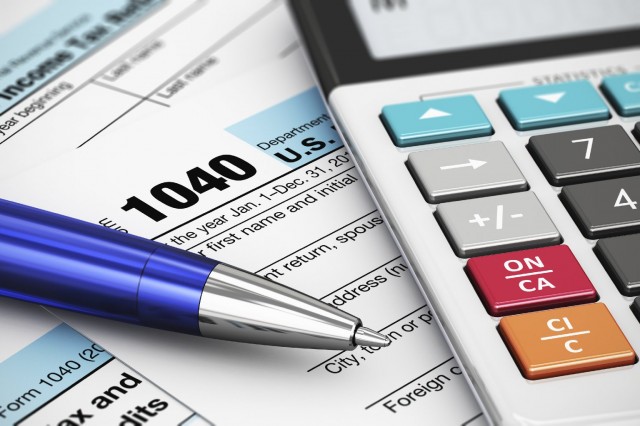By Jenny Gold, Kaiser Health News
Americans have already qualified for about $10 billion in tax credits to help them purchase private health insurance this year through the Affordable Care Act, according to a study from the Kaiser Family Foundation. (KHN is an editorially independent program of the foundation.)
That’s an average of $2,890 for each of the 3.5 million people who qualified for a subsidy as of March 1 — about 83 percent of those who enrolled in an exchange plan.
California had an even higher percentage of people qualifying for a tax credit. Eighty-eight percent of those who have enrolled in Covered California qualified for a subsidy, according to the study. That means a total of 765,000 people in the state will receive tax credits. The study estimates those credits are worth $2.3 billion.
The state also beat another national average. Forty percent of all subsidy eligible Californians had enrolled in a health plan by March 1st. That's double the national figure, where only 20 percent of those who could get a tax credit had signed up on a health exchange.
